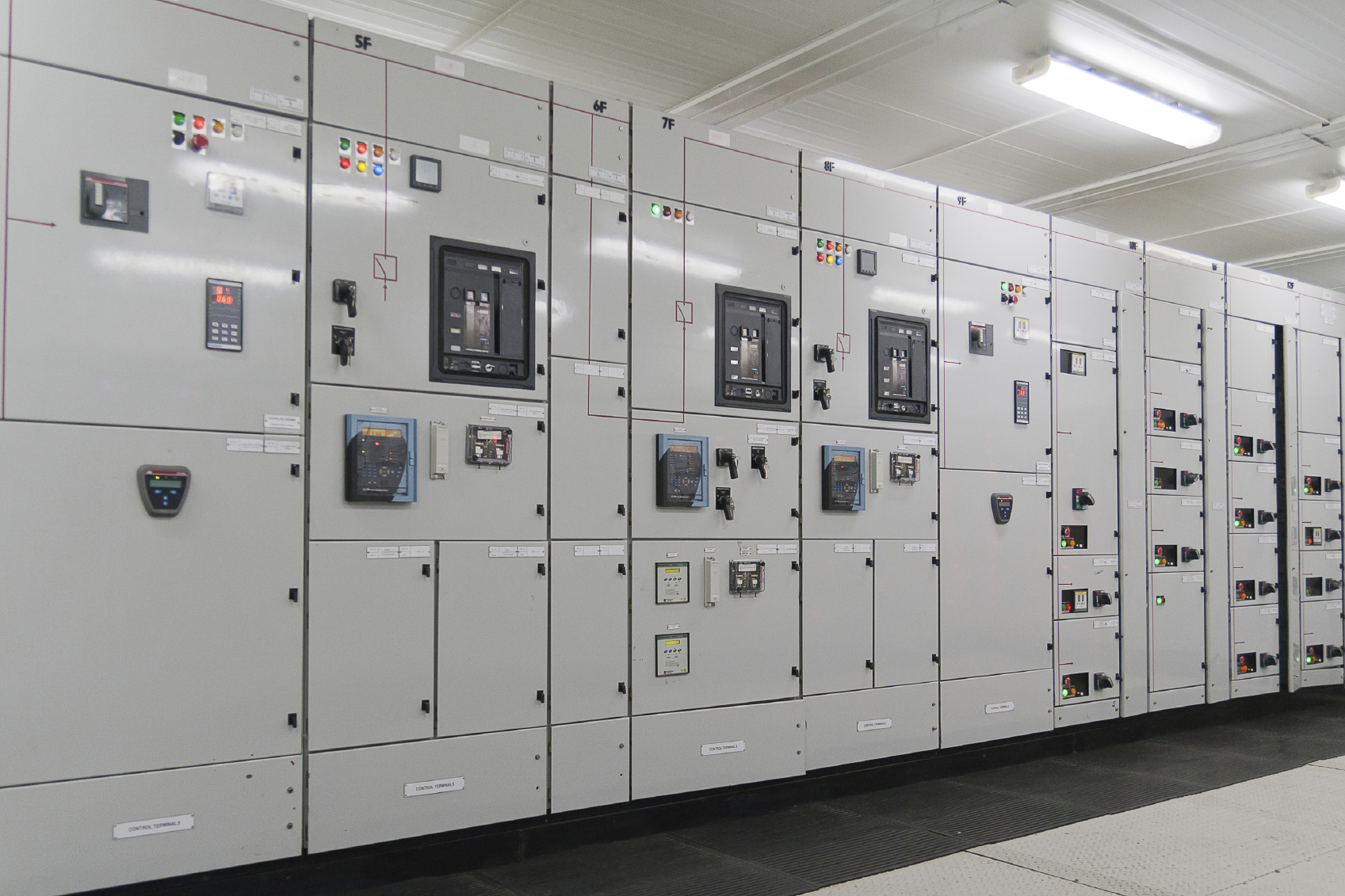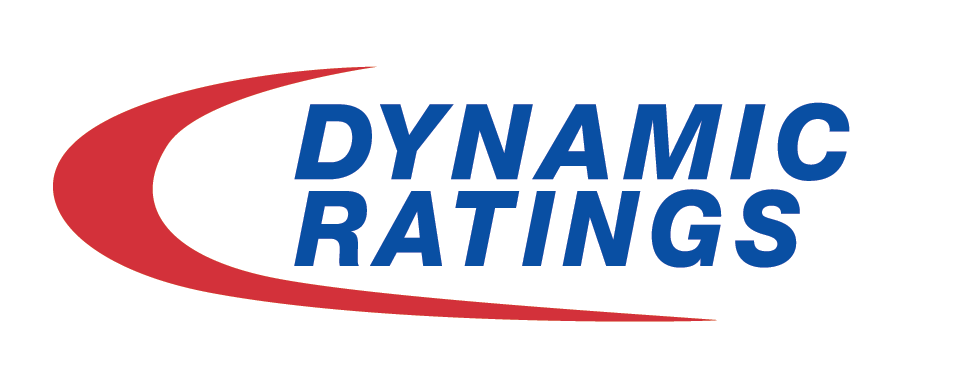6 Things to Consider for Data Center Asset Management
Data center asset management is becoming more important as data interruptions have become intertwined with revenue and reputation loss. The cost of lost power becomes increasingly evident as electrical crews scramble to return service in terms of cost per minute rather than hours or days. Operations and Maintenance crews are tasked to identify and mitigate threats early and manage outages efficiently to support the stability of business operations.
Data Centers are critical infrastructure, and as such the locations are chosen to ensure well designed power sources are available. Many often have contingency feeds to ensure stable operations in the event of faults or failures. Utility service providers have deep asset management expertise with large scale deployment of monitoring systems. However, in many cases, data centers have left monitoring of sub transmission voltage electrical equipment to manual maintenance inspections. These inspections include routine sampling, relay protection, and post fault analysis to gauge the health of power transformers and distribution switchgear. However, incorporating continuous asset management through online monitoring allows operations and maintenance management to reduce costs, make data driven decisions, and increase safety of personnel and property.
Data Center Industry Challenges

1. Businesses Rely on Data to Operate
Interruptions to data streams have a similar impact as loss of power. Therefore, businesses have demanded high performance from data center operators. While loss of data can halt any operation, the cost of losing production is extraordinarily high for data centers given the pace of the digital economy and global reliance of cloud services.
2. Ensuring Reliable Power
Ensuring reliable power means it’s important to select data centers that can satisfy up-time guarantees based on redundant power supplies such as UPS and battery banks. However, poorly monitored equipment can result in costly disruptions to redundancy schemes. For example, a data center may be fed by two power transformers sharing the load. Should one transformer be forced out of service the cost and lead time for a replacement power transformer could put reliability at risk for up to 2 years. By adding online monitoring to electrical assets, data center utility operators have a powerful tool in mitigating equipment failure and ensuring the planning window is suitable for operational and maintenance needs.


3. Risk Management
Monitoring power assets is a logical risk mitigation strategy for data centers that are unable to justify replacement of a power transformer or switchgear lineup, but face EHS and operational risk of equipment failure due to end-of-life calculations based on unreliable data sets. Transformer and switchgear life estimates are well studied, although, the bulk of data on the topic comes from electric utilities who load their power equipment much differently than Data Center operators. The result is that for typical applications, data center equipment should exceed the design life of the transformer. However, without appropriate monitoring, the risk of failure is too significant to bear and as a result, power equipment is often replaced well before the end of electrical life. To extend the life of the assets, real time monitoring can be leveraged to collect data. Once operational, equipment health can be monitored for key gasses and other electrical signatures to establish an asset health status that can be used to forecast the optimal time to replace the equipment. Data can then be used to justify the risk.
How Can Monitoring Help Data Center Asset Management?
4. Collect Data on your Data
Transformer and switchgear equipment health data has value. Design life curves for electrical equipment are based on heavy load conditions. For lightly loaded and well-maintained equipment, electrical integrity may last well beyond design life calculations. Monitoring key gas, thermal conditions, and partial discharge conditions provides data rich environments to support operations and maintenance reliability goals. Learn more about incorporating transformer monitoring into your data center asset management plans.


5. Extend the Life Cycle of Existing Power Management Assets
Ensure power reliability while protecting investments in electrical infrastructure. Procuring and constructing new electrical equipment is a significant undertaking for any organization. It also carries embedded risks of production delays, equipment shortages, and design issues. Life extension through modernization alleviates these challenges while putting the control back into the asset management engineers hands. With effective monitoring, data center operators can evaluate priorities for electrical system upgrades based on analytical assessments rather than nameplate and standards alone.
6. Monitor new and installed assets
In many cases electrical equipment begins showing warning signs well before catastrophic failure. Ensuring that suitable monitoring systems are in place from the service date provides indications of early life issues that would otherwise lead to costly damage. Retro-fitting equipment that is mid-life can be as effective but as with any dataset trends will favor implementing quickly. Both solutions add immediate value to the business case since condition–based maintenance programs alleviate time-based maintenance resource constraints, offset risk, and provide accurate life models for the assets.

Learn About How We Can Help
Data centers rely on uninterrupted data because disruptions could be catastrophic to process critical industries. Power system reliability is vital to maintaining data flow. Monitoring equipment in the substation is an affordable way to increase the reliability of your data supply.
